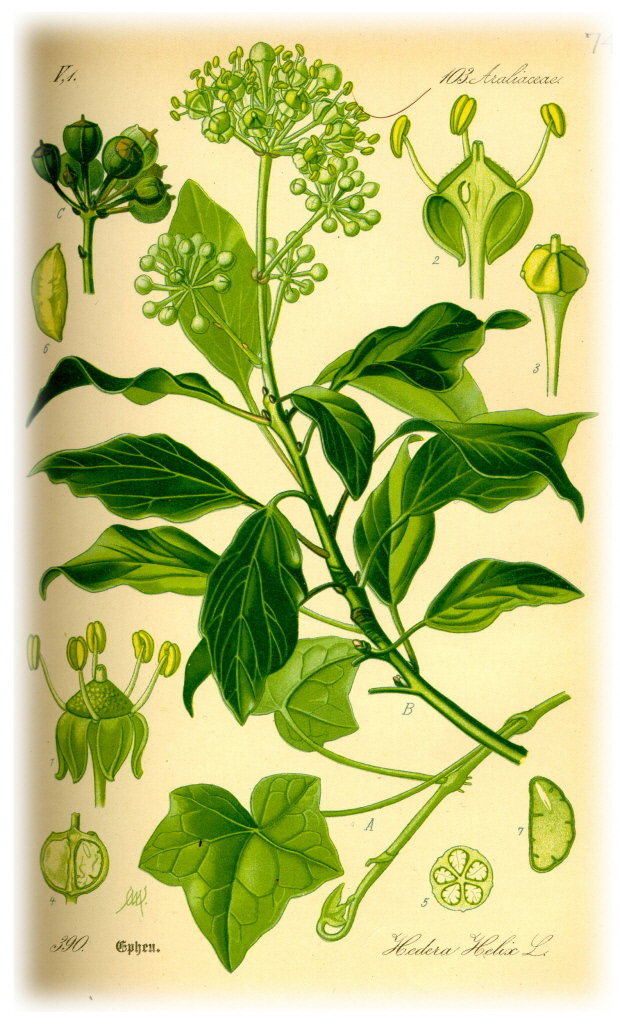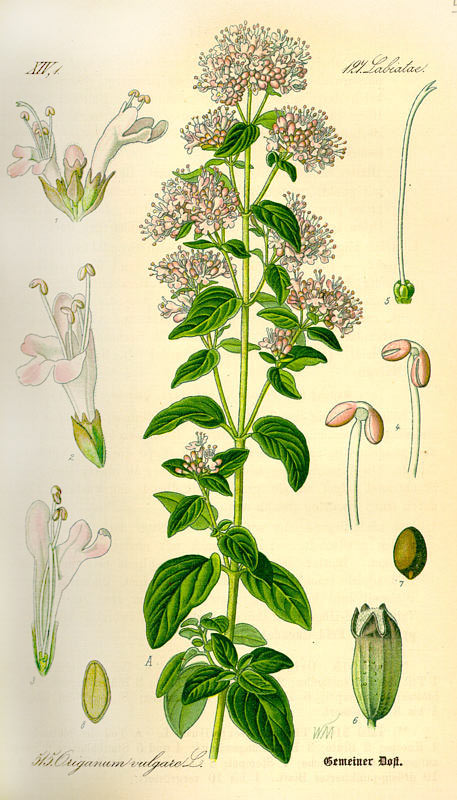
Lighthouse and sunset over Lake Huron. By Tom Freda
Day 20: Ethics
What are magical ethics? Write down a core list of ethics for your own practice. No judgement here-this is for you and you alone!
Magickal ethics are the moral rules that guide the actions we take when we perform magick. These are always subjective, so vary from person to person. A lot of this depends on a person’s background, history, and experiences; much the same as the day to day ethics we live by.
As much as one person is different in any given situation, or at different points in their life, their ethics can change.
Here are some of the ethics that guide my own magickal practice:
- Do no harm to the innocent
- Do not mess with free will
- Before contemplating a curse, employ all other tools to persuade or solve the problem (this usually involves encouraging karma to speed up)
- Protect those who need it
- Work in love when you can
For the most part, I prefer to work through love, to allow my love to fuel my magick. Whether it’s to wish someone peace and health or to defend someone from any kind of harm. Even when I am enraged at the horrid actions of a person, I am enraged because no one deserves to be made to endure those actions, to be made to feel that they don’t mean anything, that they are undeserving of kindness and respect. When I hear a story of some cruelty or injustice, all I can feel is the energy of my heart wrap around them, whether I know them or not. And lately, my heart is just wrapped around the world, wanting to protect everyone.
As I said in my last post, I believe that magick is a connection, and that connection is love, to people, to all living and even inanimate things. The universe. And when anything happens that affects me, positive, or negative, I just feel love reaching out from me, radiating, protecting, connecting, creating magick.
Day 21: Symbols
What symbols do you use in your practice and why? Are there any that you are drawn to? Try carving the symbol into a candle and burning it while you meditate on that sacred symbol. You can also draw it on a piece of paper and carry it with you every day. Or find a piece of jewelry with the symbol to wear when you need a magical boost.
I use the star a lot in my practice. There are so many reasons to, the first is probably because the star was the first witchy symbol you kind of learn about when you first begin walking on a pagan path. I love the elemental connection to each of the points, and after reading T. Thorn Coyle’s Evolutionary Witchcraft, I’ve been enjoying working with the Feri pentacles, Iron, Pearl, Rust, Gilded. Thinking on what they mean in my own actions and magick.
As an aside, I’ve read up on Feri before, and have been aware of their pentacles, but it’s not until now that I’ve actually been thinking on them and working with them.
Another symbol I often find working its way into my magic is a tree of some sort. Sometimes, any sort of sigil I create will resemble a tree; and for a long time, when I would travel to the astral, I would travel within or flying along the trunk of the world tree. Trees have always been places of magic for me, a liminal space, with their branches reaching up towards the universe, and their roots hidden beneath the earth.
The moon is another important symbol for me. Not only because of the feminine connection to my my cycle, but that the moon has such a wonderful magickal energy that witches, priestesses, and those connected to spirit have worked with.
Finally, at least for this post, my last symbol is a lighthouse. For some reason, a lighthouse to me is always a nod to home, that it is the place I am meant to be. Doesn’t matter where I am, where there’s a lighthouse, this feeling washes over me. Clearly I am drawn to bodies of water… sometimes I wonder if I was a selkie, or a siren in a past life ❤
Go check out Plentiful Earth’s post about this fantastic magickal challenge!


























